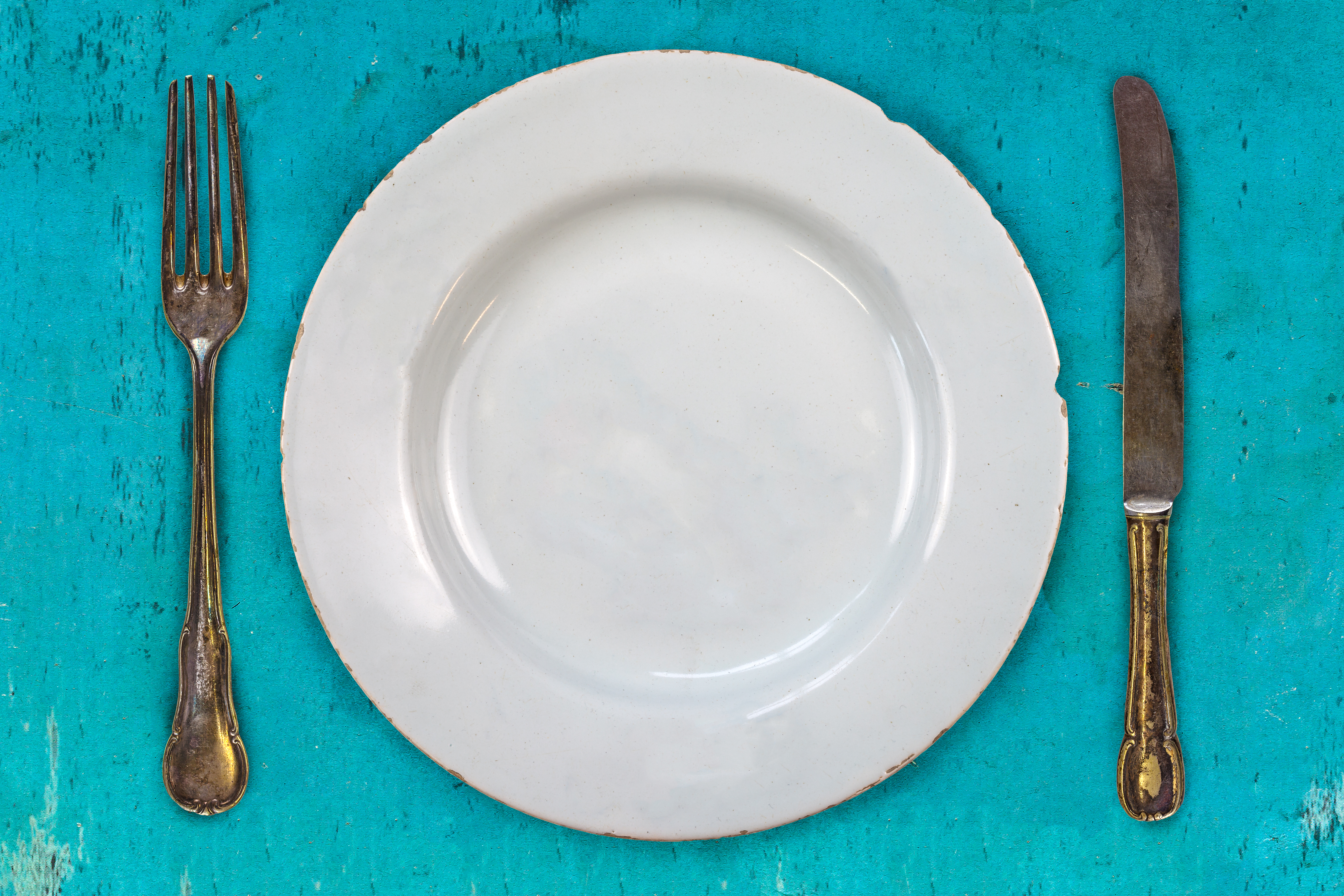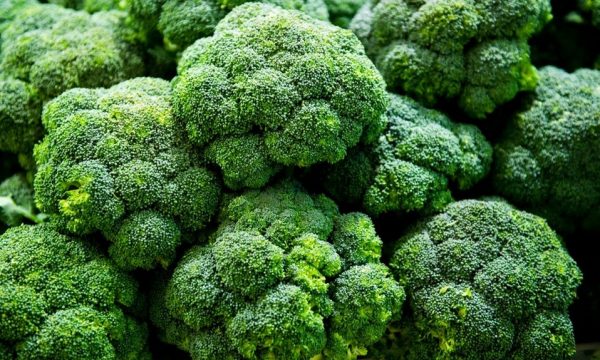D o you ever get a brain freeze when you hear the question “What’s for dinner” or stare at your refrigerator cupboards hoping a light bulb will turn on and a brilliant dinner revelation will hit you? With Nutrition Factors you have nothing to worry. With our GRID DIET and supporting tools, putting together a healthy, balanced dinner plate is easy.
o you ever get a brain freeze when you hear the question “What’s for dinner” or stare at your refrigerator cupboards hoping a light bulb will turn on and a brilliant dinner revelation will hit you? With Nutrition Factors you have nothing to worry. With our GRID DIET and supporting tools, putting together a healthy, balanced dinner plate is easy.
How to Build a Healthy, Balanced Dinner Plate:
The fundamental difference between the Nutrition Factors GRID DIET and the typical unhealthy, unsustainable fad diet is that the GRID DIET is not intended for the short lived, quick fix, but rather for the long run. The GRID DIET is a safe and nutritionally sound program for both weight reduction and weight maintenance. The GRID DIET is a sensible, healthy eating plan you can continue for life.
Since you’ve fallen in love with The GRID DIET lifestyle you’ve learned how easy it is to implement our tools every day for breakfast, lunch, and dinner. We want to give you extra tips on how to put together a tasty and affordable dinner to make The GRID DIET even easier. We’ll show you the components of how to create a delicious dinner that is calorically controlled, yet well balanced by taking the right ratios from different major food groups. Once you get the hang of it, you will see that designing a variety of appealing menus that include many of your favorite foods, but within the diet’s guidelines, is not as difficult a task as you may think.
Nutrition Factors Recommends 1,500 Calories Per Day for Losing Weight
Let’s start with the basics: Calories. If you need to lose weight, 1,500 calories per day, with no more than a third of them for the evening meal, is just the right amount of food for most people. It becomes very hard to get adequate amounts of all the essential nutrients on diets containing fewer than 1,500 calories because consuming not enough calories slows down the metabolism. So, in effect, even though you are eating less food, you might still have trouble losing weight.
On the other hand, once you start increasing the caloric level over 1,500 calories per day, unless you are very active and can burn these extra calories, you will probably lose weight very slowly, or not at all.
The Six Major Food Groups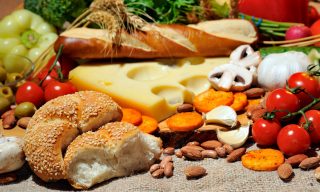
Next thing to keep in mind when building a balanced dinner plate is knowing your food groups. A nutritionally balanced diet, including foods from all six major food groups daily, is important for everyone, including those who need to lose weight. The six food groups are as follows:
- Vegetables
- Meats and Other Protein
- Fruits
- Grains and Other Starches
- Dairy/Milk
- Fats
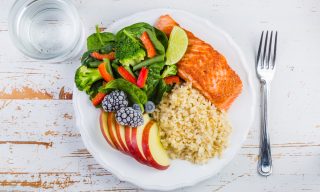 What Constitutes a Healthy Dinner
What Constitutes a Healthy Dinner
When planning your daily menus, however, maintaining the proper ratio of foods from different food groups which is important all of the time, becomes even more so at dinner time. Avoid overloading your digestive system with an excess of carbohydrates late in the day or evening, when your opportunity to burn those calories is extremely limited. Proteins and non-starchy vegetables should take center stage.
A well-balanced meal is one that where protein, carbohydrates, and fats, are all represented. However, if you are trying to lose weight, you need to power up your inner grid in the early part of the day and power down at night. Most people do the exact opposite and don’t consume enough food in the morning and overeat at night. Since you will be getting little or no exercise after dinner, overeating then will almost certainly slow down weight loss.
Limit Your Intake of Carbohydrates
Accordingly, you should limit your carbohydrate intake at dinner time to no more than about 30 grams, as compared to 50-60 grams of carbohydrates for both breakfast and lunch. The best carbohydrates to have at dinner are fresh fruits, preferably those with a low glycemic index like berries, apricots, or peaches. Avoid sodas and juices, as the simple sugars they contain enter the bloodstream very quickly and spike glucose levels. Stay hydrated by drinking plenty of water instead.
Legumes are also okay, in moderation, since they are a good source of protein, but have your whole grains and very starchy foods like potatoes and rice earlier in the day, if possible. Dairy is another food category that is best confined to earlier in the day because these foods usually contain lactose.
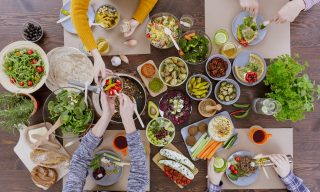 Eat Lots of Non-Starchy Vegetables
Eat Lots of Non-Starchy Vegetables
One food group that you should definitely not skimp on at dinner time is vegetables, specifically non-starchy vegetables They are very low in calories, only about 20-25 per serving and very nutritionally dense. So, if there is any food you are going to take seconds of, non-starchy vegetables are by far the best choice. Think in terms of both color (i.e., green, yellow, orange, red, and purple) and variety, for a generous amount of health promoting phytonutrients, too. Salads are a great way to increase the amount of vegetables in your diet. Therefore, all of your dinners should include a vegetable salad. In fact, many salads will taste even better with the addition of some protein like tuna fish, chicken, or hard boiled egg and can serve as a main course instead of just a side course. Dress your fresh veggies with a simple light oil and vinegar dressing. This will not only enhance the flavor of your salad but add important omega 3 fatty acids, which are all the fats you need for dinner. Other good sources of omega 3 fatty acids are fish, walnuts, and avocado.
Don’t Skimp on Protein Either
Of course, no meal is complete without protein. Nutrition Factors recommends 6-8 oz. of lean meat, fish, or poultry for dinner. Alternatively, legumes can be substituted, but in moderation. Limit your serving of legumes to ½ cup. One or two eggs are also okay sometimes, but don’t exceed four a week due to the cholesterol content. Nuts (in moderation) are another good way to enhance the amount of protein in your meal.
If your dinner plate lacks sufficient protein, what will most likely happen is that a few hours later, you will feel hungry again and raid the refrigerator. Late night snacking, especially on foods high in carbohydrates and fat, is a big no-no for anyone trying to lose weight. In fact, within four hours of your bedtime, you should not be eating anything at all.
Summary
Now that you know all of the components of a healthy dinner plate, you have all the groundwork you need to plan delicious, nutritious menus for yourself and your family. The following example, incorporating recipes in the Nutrition Factors database, will help you get started on the right track.
BONUS: Here is an example of a balanced dinner that you can make tonight! Click on the foods listed below the chart for tonight’s tasty recipes.
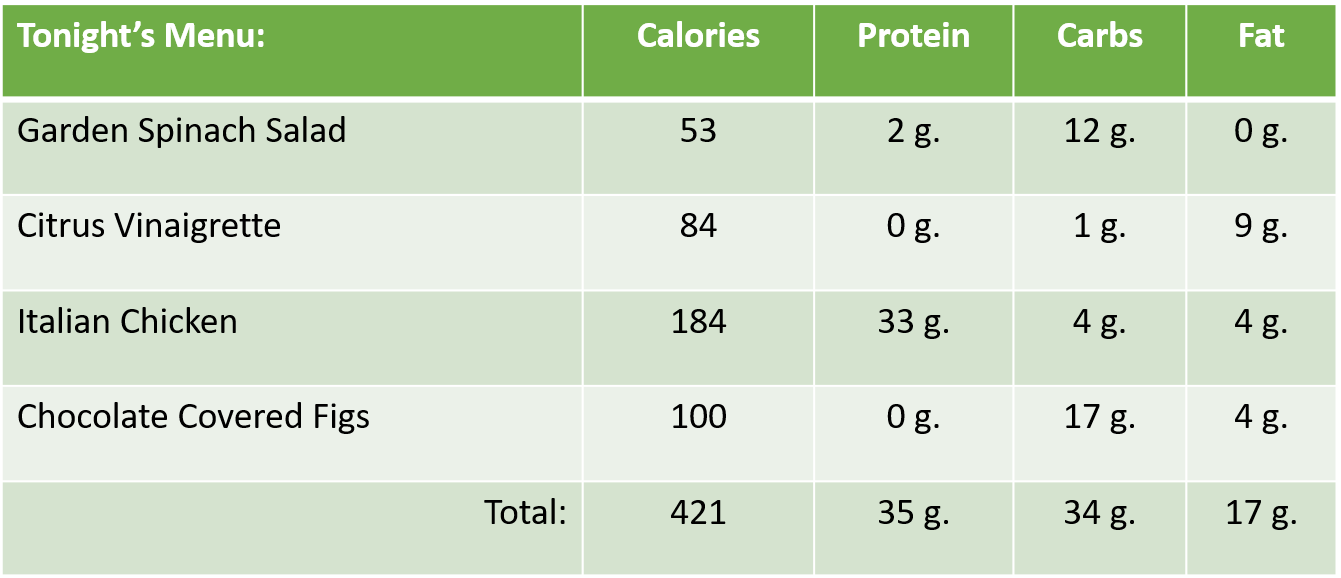
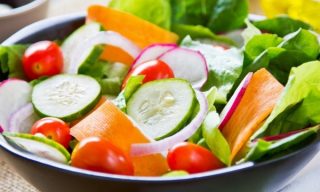



References
Harvard Health Publications. (2017, June 5). Healthy eating plate. Retrieved from https://www.health.harvard.edu/staying-healthy/healthy-eating-plate
United States Department of Agriculture. (2017 April 19). My plate. Retrieved from https://www.choosemyplate.gov/MyPlate

